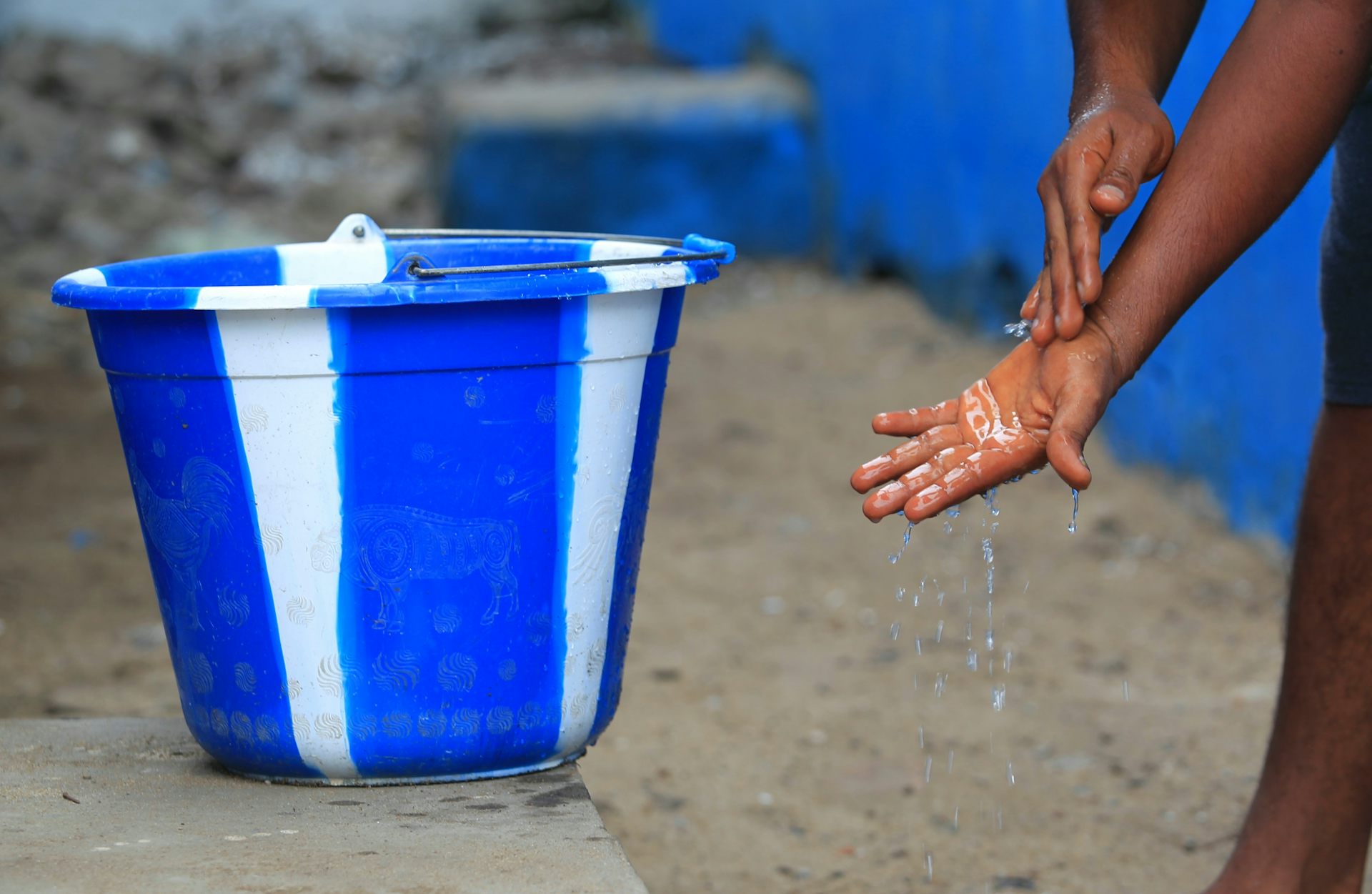
When it comes to developing technological solutions to the world’s problems, social processes matter as much as the scientific ones. Wastewater reuse projects in various parts of the globe provide a useful example of this reality.
Wastewater is water that has been previously used, and includes everything from sewage to water drained from baths and showers. This water can, with proper treatment, be recycled and reused for a variety of activities – watering crops, fighting fire, cooling industrial machinery and even human consumption.
It is an important resource. That’s because it is the only source of additional water that increases in quantity as populations and water consumption grow. Recycling wastewater increases the amount of drinking water available, but it also has a twofold benefit for the environment: it avoids tapping into natural resources and significantly reduces pollutant discharges.
But wastewater reuse suffers from a perception problem. People do not want to drink water they think of as “dirty”. So even those wastewater reuse projects which use advanced technologies and apply thorough scientific evidence and processes can fail without community support.
This was the case in Toowoomba in Queensland, Australia some years ago when residents voted against a wastewater reuse plan tabled by officials. Wastewater would be highly treated, passed through an environmental buffer, treated again, and then released into the drinking water system. This came after several years of drought and severe water scarcity – so officials assumed the plan would pass easily. It didn’t – because people were worried they’d be drinking dirty water.
Countless examples from elsewhere – in countries as varied as Jordan, Namibia and Singapore – show that wastewater reuse projects can be successful. In fact Namibia is a global pioneer in wastewater recycling. The country’s Goreangab treatment plant attracts experts from developed nations like Australia and the US, seeking solutions to their own growing water scarcity.
If people are properly consulted and the processes are thoroughly explained, communities come to accept that wastewater can be safely treated for drinking.
Following these successful experiences, more countries are now investing in wastewater for different purposes. Abu Dhabi, for example, plans to recycle all its wastewater by 2020. In South Africa, the first wastewater recycling plant for drinking water production was constructed in 2010.
Disgust and worry
Several factors influence people’s social acceptance of wastewater reuse, as I’ve explored in my own research.
The purpose of reuse is obviously a key factor. People are less concerned when treated wastewater is used for fighting fires or watering parks than they are when it is used on agricultural crops or for drinking.
There are also cultural and religious factors at play. In the past decade some Muslim farmers in Jordan, Tunisia and Kuwait worried that the rules of the faith prevented them from using wastewater for irrigation. In fact, a “fatwa” – an authoritative religious ruling – has been issued since 1978 by the Council of Leading Islamic Scholars in Saudi Arabia stated that treated wastewater can be used if its treatment removed impurities of taste, colour and smell.
Perception is also an issue. No matter the quality of the treated wastewater, people may still perceive it as disgusting because it’s previously been in contact with human waste.
One approach that may work in tackling this perception is first introducing recycled wastewater that has little or no human contact (so, fighting fires or watering agricultural land that doesn’t produce crops for eating) and gradually moving towards closer contact.
Education about the treatment process can also help to improve people’s attitudes and perceptions towards all sorts of reused wastewater. People need to be clear about the scientific processes used to treat wastewater. They also need to understand how rigorous a process must be followed before wastewater is suitable for drinking. Singapore’s biggest wastewater treatment plant has a visitors’ centre and offers daily tours, including for school children, to explain its processes.
The popular media could also play a crucial role. In the same way that descriptions like “Toilet to Tap” or “Recycled Sewage” prompt disgust, media coverage that outlines to process of treating wastewater and the value of this resource could change attitudes for the better.
Genuine engagement
Research has shown time and again just how crucial community engagement is to successful wastewater reuse projects.
In Jordan, as part of its national water strategy in 2008, authorities ran a huge educational campaign to raise awareness about the need to use wastewater for agriculture. Water issues were covered in newspapers, on television and on the radio, explaining the value of recycling wastewater. Officials also visited schools, universities and libraries to speak with people there about the project. All of this helped to encourage acceptance of the project and it was a success.
This example and others, as well as a solid body of research evidence, show that wastewater reuse projects can be successful. Effective public involvement, community participation throughout the project cycle and proper education about the treatment process are crucial.![]()
Dalia Saad, Visiting Researcher, School of Chemistry, University of the Witwatersrand Research Fellow, UNISA, University of South Africa
This article is republished from The Conversation under a Creative Commons license.

